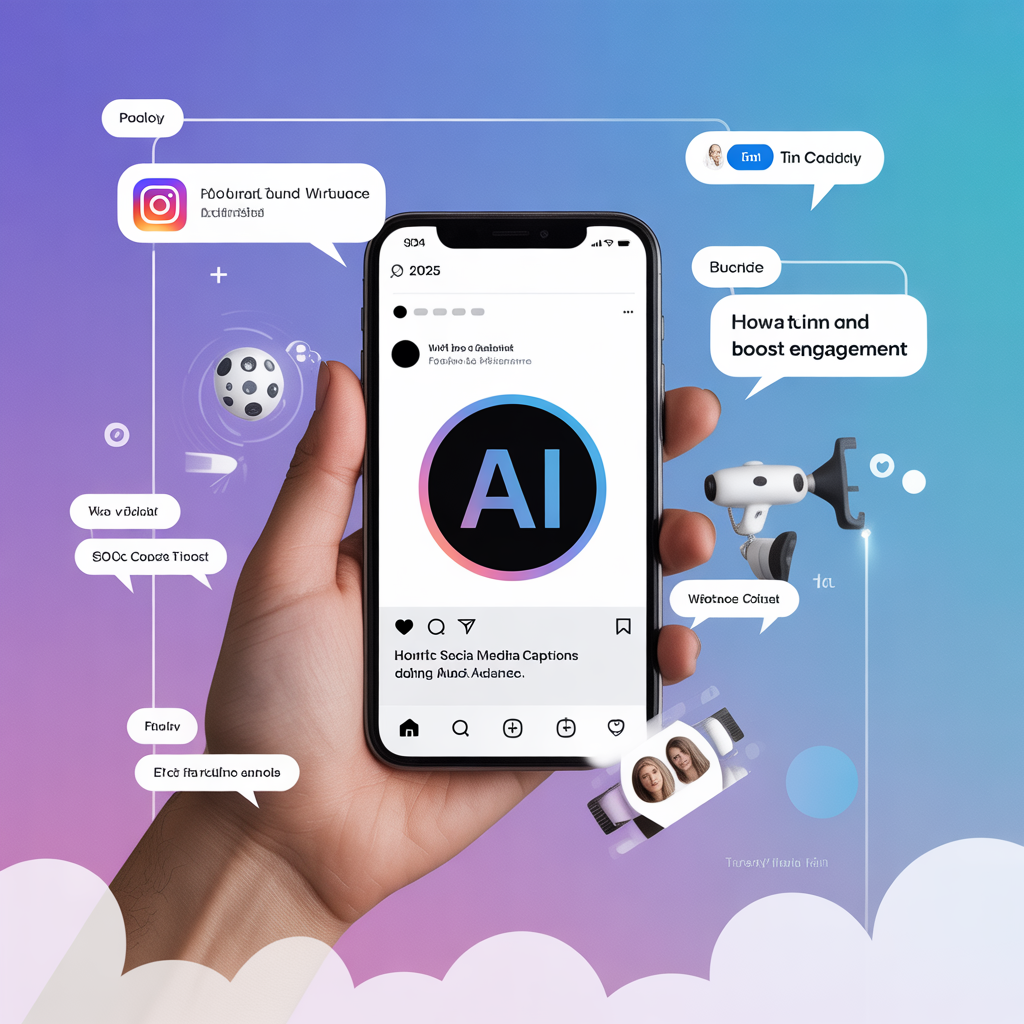In today’s crowded digital space, viral content is the fastest way to get noticed.
From TikTok reels to Instagram carousels to X (Twitter) threads — one viral post can bring thousands of followers, boost sales, and make your brand a household name overnight.
But viral content doesn’t happen by luck — it’s the result of strategy, timing, and audience psychology.
In this guide, we’ll reveal 10 proven strategies to create viral social media content that grabs attention, sparks emotion, and gets shared again and again.
🎯 1. Understand What Makes Content “Viral”
Viral content isn’t just about views — it’s about connection.
Most viral posts share 3 key traits:
- Emotion – They make people laugh, cry, or feel inspired.
- Relatability – They reflect real-life experiences.
- Shareability – They deliver value worth spreading.
💡 Tip: Before you post, ask yourself: “Would my audience tag a friend in this?”
📊 2. Research Trending Topics & Hashtags
Stay on top of trends to boost visibility.
Use tools like:
- Google Trends – Find rising topics.
- TikTok Creative Center – Discover viral sounds.
- Hashtagify – Analyze popular hashtags.
📌 Example:
A sportswear brand might post “#MondayMotivation” videos showing athletes training in their gear — connecting to an already trending hashtag.
🧠 3. Use AI Tools to Generate Creative Ideas
AI can supercharge your brainstorming process.
Try prompts like:
“Generate 10 viral Instagram post ideas for a fitness brand.”
or
“Write 5 short Reels captions that inspire athletes.”
Tools like ChatGPT, Jasper, or Copy.ai help you find ideas, angles, and even write captions that hit the right emotions.
🎥 4. Focus on Visual Storytelling
Humans process visuals 60,000x faster than text.
Use strong imagery, fast cuts, and captions to catch attention within the first 2 seconds.
For Reels, Shorts, or TikToks:
- Hook viewers in the first 3 seconds
- Add captions for silent viewers
- Keep videos under 30 seconds for higher completion rates
📱 Example: “Before & After” transformation videos always perform well because they deliver visual satisfaction.
💬 5. Leverage User-Generated Content (UGC)
People trust other people — not ads.
Encourage your audience to share their experience using your product or hashtag.
Reposting user photos or testimonials builds authenticity and encourages community engagement.
💡 Pro Tip: Offer small incentives like shoutouts, discounts, or free samples for the best UGC posts.
💡 6. Create Content Around Emotions
Emotions drive shares.
Here are the top-performing emotional triggers:
- Joy → Funny memes, wins, positivity
- Inspiration → Success stories, quotes
- Awe → Beautiful visuals, transformation videos
- Anger/Surprise → Opinions, challenges, hot takes
Example: “This 10-year-old boy trained daily for 6 months to make his first goal 🥅💪” — emotional storytelling that gets shared.
🧩 7. Use the 80/20 Rule
80% of your content should educate, entertain, or inspire,
and only 20% should directly promote your products.
People scroll for value — not ads.
So build trust first, and sales will follow naturally.
⏰ 8. Post at the Right Time
Timing can make or break virality.
Check your analytics for audience activity or follow general best times:
- Instagram: 11 AM – 1 PM, 7 PM – 9 PM
- TikTok: 6 PM – 10 PM
- LinkedIn: 8 AM – 10 AM weekdays
Consistency is key. Post regularly and interact quickly when engagement starts rising.
🔄 9. Repurpose Your Best Content
Turn one viral post into multiple versions:
- Blog → Carousel → Reel → Tweet thread
- Test different hooks and captions
Repurposing extends your content’s lifespan and keeps your brand visible on multiple platforms.
📈 10. Track, Analyze, and Improve
Use analytics tools to measure:
- Engagement rate
- Shares and saves
- Watch time
- Click-through rate
Refine your next content based on what works — data-driven creativity always wins.
🧭 Bonus Tip: Collaborate with Micro-Influencers
Partnering with small creators (1K–50K followers) helps you reach niche audiences authentically.
They often have higher engagement and stronger community trust than big influencers.
🏁 Conclusion
Viral content doesn’t happen by accident — it’s built with strategy, emotion, and creativity.
Use trends, visuals, AI, and audience psychology to craft posts that stand out and inspire engagement.
Keep testing, learning, and optimizing — your next viral hit might just be one post away.

